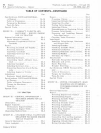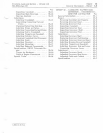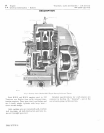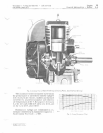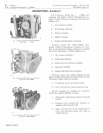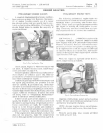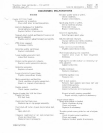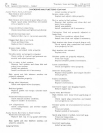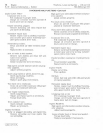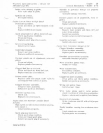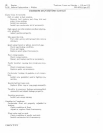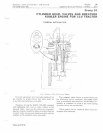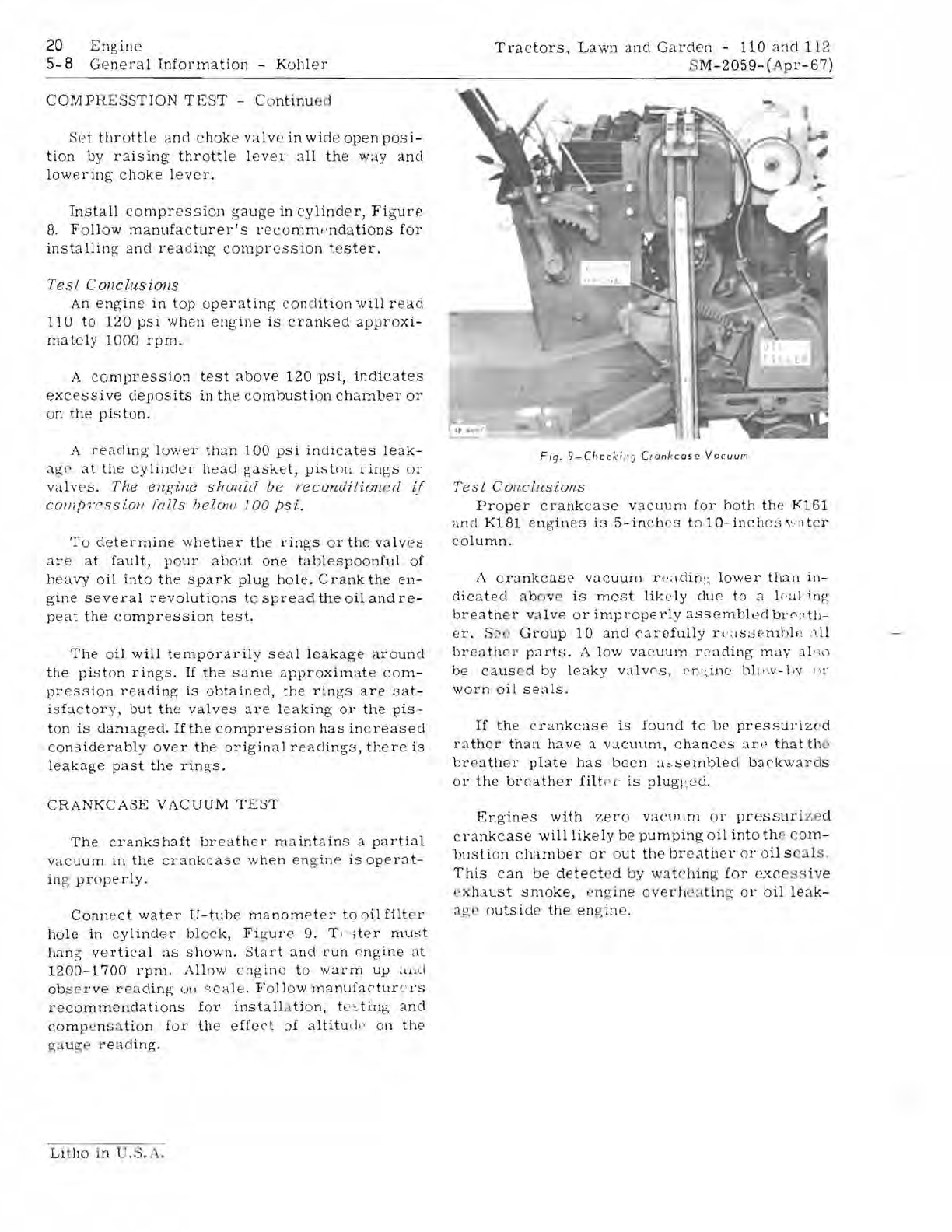
20
Engine
Tractors,
Lawn
and
Garden
-
110
and
112
5-8
General
Information
-
Kohler
S
M-2059-
(A
pr-67)
COMPRESSTION
TEST
-
Continu
ed
Set
throttle
and
choke
v3.1vc
in
wide
open
pOtii-
tion
by
raising
throttle
level'
all
the
way
and
lowering
choke
lever.
Install
compression
gauge
in
cylinder,
Figure
8.
Follow
manufacturer's
recomnl"ndations
for
installing
and
reading
compression
tester.
Tes
I C
ollclus
iOJlS
An
engine
in
top
operating
condition
will
read
110
to
120
psi
when
engine
is
cranked
approxi-
mately
1000
rpm.
A
compression
test
above
120
psi,
indicates
excessive
cleposits
in
the
combustion
chamber
or
on
the
piston.
A
reading
lower
than
100
psi
indicates
leak-
3
gC
at
the
cylinder
heau
gask
e
t,
piston
rings
or
valves.
The
ell[!7.nc
should
be
reconciilimlP:d
if
COIIi/)1't?ssiofi
(alls
belm/!
]
00
psi.
To
determine
whether
the
rings
or
the
val
ves
ar
e
at
fault,
pour
about
one
tablespoonful
of
heavy
oil
into
the
spark
plug
hole.
Crank
the
en-
gine
several
revolutions
to
spread
the
oil
and
re-
peat
the
compression
test.
The
oil
will
temporarily
seal
leakage
around
the
piston
rings.
Ii
the
same
approximate
com-
pression
reading
is
obtained,
the
rings
are
sat-
isfa
c
tory.
but
the
valves
are
leaking
or
the
pis-
ton
is
damaged.
If
the
compression
has
increased
considerably
over
the
original
reaclings,
there
is
leakage
past
the
rings.
CRANKCASE
VACUUM
TEST
The
crankshaft
breather
maintains
a
partial
vacuum
in
the
crankcase
when
engine
is
operat-
in
g;
properly.
Conn
e
ct
water
U-tube
manometer
to
oil
filter
hole
in
cylinder
bl
OC
k,
Fi
i-
'1Jrc 9. T, '
,tel'
must
hang
vertical
as
shown.
Start
and
run
rngine
at
1200-1700
rpm.
Allow
engim
?
to
warm
up
auel
ob
s e
rve
r
e
aclin~
un
,c:cale.
Follow
manuiacturcl's
recommendations
for
install
a
ti
on, tl':--tiIlg
and
comp
e
ns
a
tion
for
the
effect
o[
altitude
on
the
gau
ge
t
·eading.
Fig,
9-Checki
ll9 Cr
onkca."
Vacuum
Test
COllc/usions
Proper
crankcase
vacuum
[or
both
the
K161
and
K181
cng'ines
is
5-inch
es
to
10-inches
vlter
column.
A
crankcase
vacuum
n!
;
\din~
:
.
lower
than
in-
dicated
above
is
most
likely
clue
to
a
l(,~ll
.
i
.
ng
breather
valve
or
improperly
assembled
br0;,tlJ-
er.
S·
(>
Group
10
anc!
carefully
rc-
:.
lscH
:;
mble
;
111
breath
e r
parts.
A low
vacuum
reading
may
al
-..;
o
be
caus
ed
by
leaky
valvC's ,
c
n
'
~
ine
bll l\\I-llv
1)1'
worn
oil
seals.
If
the
crankcase
is
Jound
to
be
pressurized
rather
than
have
a
vacuum,
chances
an'
that
the
br
e
ather
plate
has
been
a::
,
sernbled
backwards
or
the
breather
filb'c
is
plug~
'
,::;d.
Engines
with
zero
vaC1
11
,m
or
pressuri
ze
d
crankcase
will
likely
be
pumping
oil
into
th
e
com-
bustion
chamber
or
out
the
breather
or
oil
s al
so
This
can
be
detect
ed by w'
lt
ci1ing
[or
cxc
::;::;
iv
e
e
xhaust
::l1110ke,
·ng
ine
overh
ea
tin
g
01'
oil
le
a
k-
::Ii:',
o
utsicle
the
eng
ine.
L
it
ho in . S. A.





